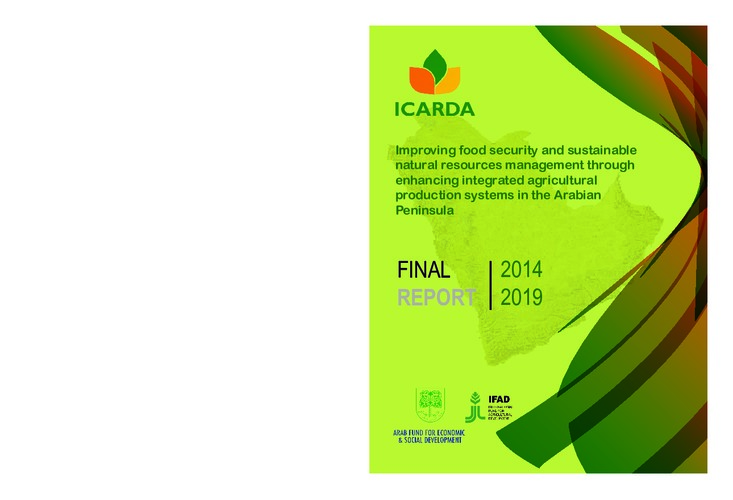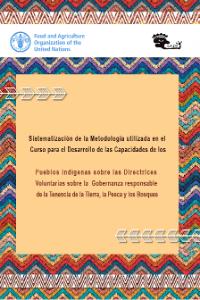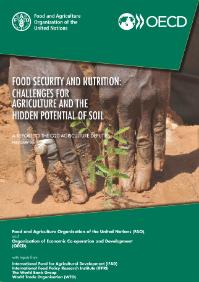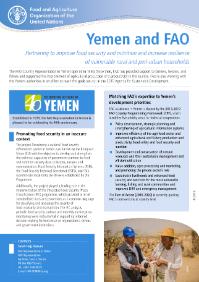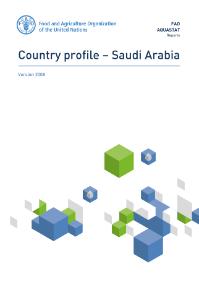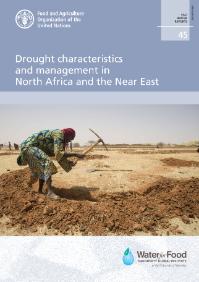This roadmap aims to guide Yemeni policymakers in streamlining climate security consideration into policy and to highlight priorities for support to donors by providing short, medium, and long-term needs and requirements for mainstreaming. The roadmap considers the nation of Yemen as a whole and…
It is widely understood that effective use of land, the sustainable production of food and development are linked. Yet, creating effective policy, which takes into account broader notions such as economic prosperity and social justice, especially in the context of competing claims to land use…
This publication demonstrates the scope of research and human resources development
over the period between January 2014 and March 2019. It highlights some of the
accomplishments as the result of the collaborative efforts among the seven countries of
the Arabian Peninsula,…
This report aims to provide a conceptual framework to address food security under conditions of water scarcity in agriculture. It has been prepared by a team of FAO staff and consultants in the framework of the project `Coping with water scarcity: the role of agriculture?, and has been discussed…
The report “Transforming the livestock sector through the sustainable development goals” examines the sector’s interaction with each of the SDGs, as well as the potential synergies, trade-offs, and complex interlinkages involved. The publication is intended to serve as a reference framework for…
En 2016, el Centro para la Autonomía y el Desarrollo de los Pueblos Indígenas (CADPI), junto con el equipo de Pueblos Indígenas de FAO y el apoyo técnico del equipo de Tenencia de la Tierra de FAO, implementaron un programa de desarrollo de capacidades para y con los pueblos indígenas de…
Report, prepared by FAO and the OECD with inputs from IFPRI, IFAD, the World Bank and WTO, submitted to the G20 Presidency of the Republic of Argentina in response to the Presidency’s request for information on future trends and challenges faced by global agriculture, with a special focus on the…
Fragility has become the reality in several countries of the Middle East and North Africa. Armed conflict and forced displacement are taking an enormous toll on human lives, with the region accounting for about 60 percent of the estimated global total of battle-related casualties since the turn…
The FAO Country Representation in Yemen opened in 1990. Since then, FAO has provided support to farmers, herders, andfishers and supported the improvement of agricultural production and productivity in the country. FAO is also working withthe Yemeni authorities in an effort to reach the goals…
This country profile describes the state of the water resources and water use, as well as the state of agricultural water management in Saudi Arabia. The aim of this report is to describe the particularities of the country and the problems met in the development of the water resources, and…
The report assesses the occurrence and impacts of drought, the current policies underlying drought management as well as the mitigation measures and responses adopted in the Near East and North Africa region, with a focus on the Agriculture Sector. It is the third of a series of similar studies…
Non-tropical dry areas cover over 40% of the world’s land surface with a growing population of more than 2.5 billion people. These people grow 44% of the world’s food and keep half of the world’s livestock, yet one in six live in chronic poverty. Dry areas also face major challenges, including…



